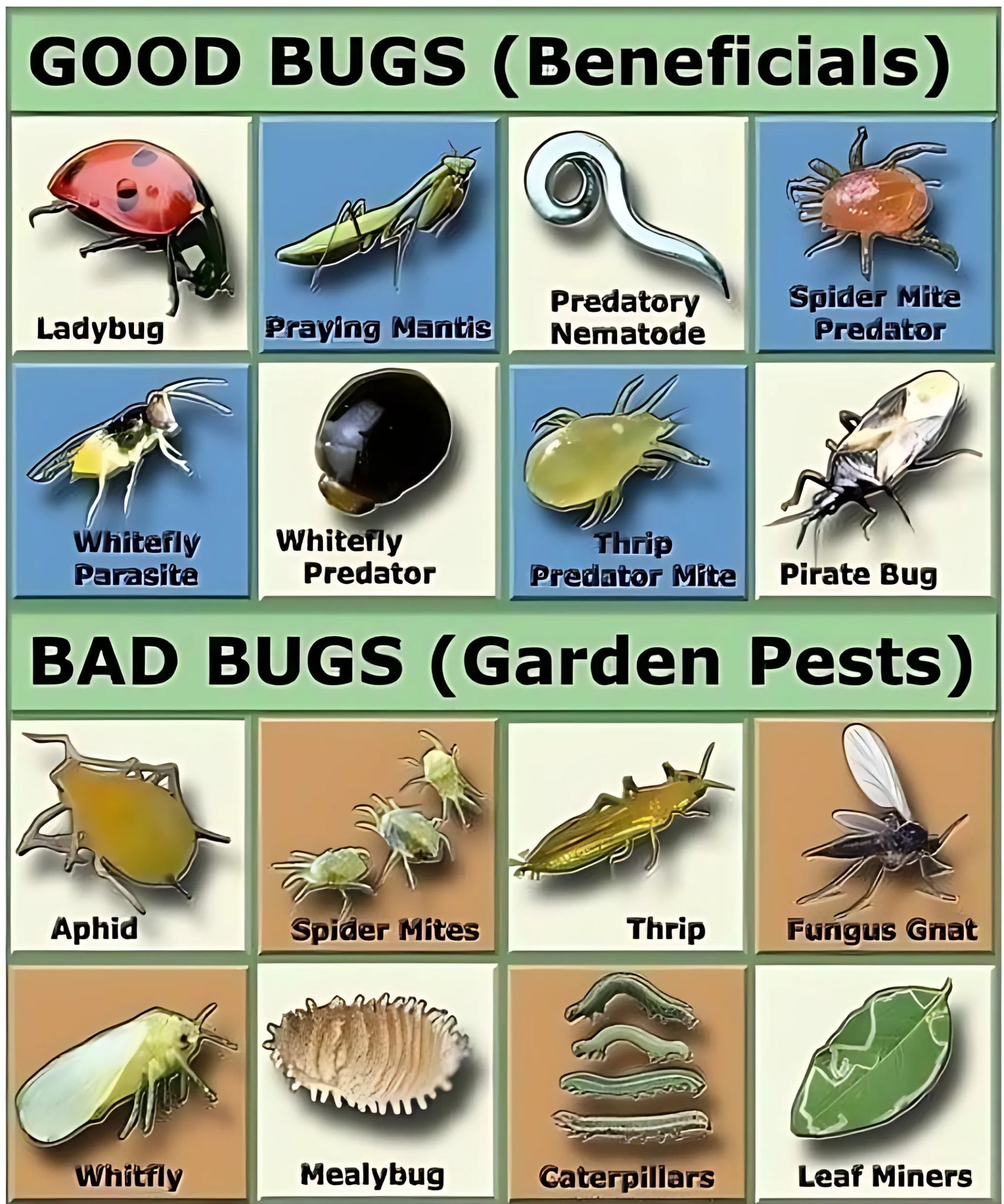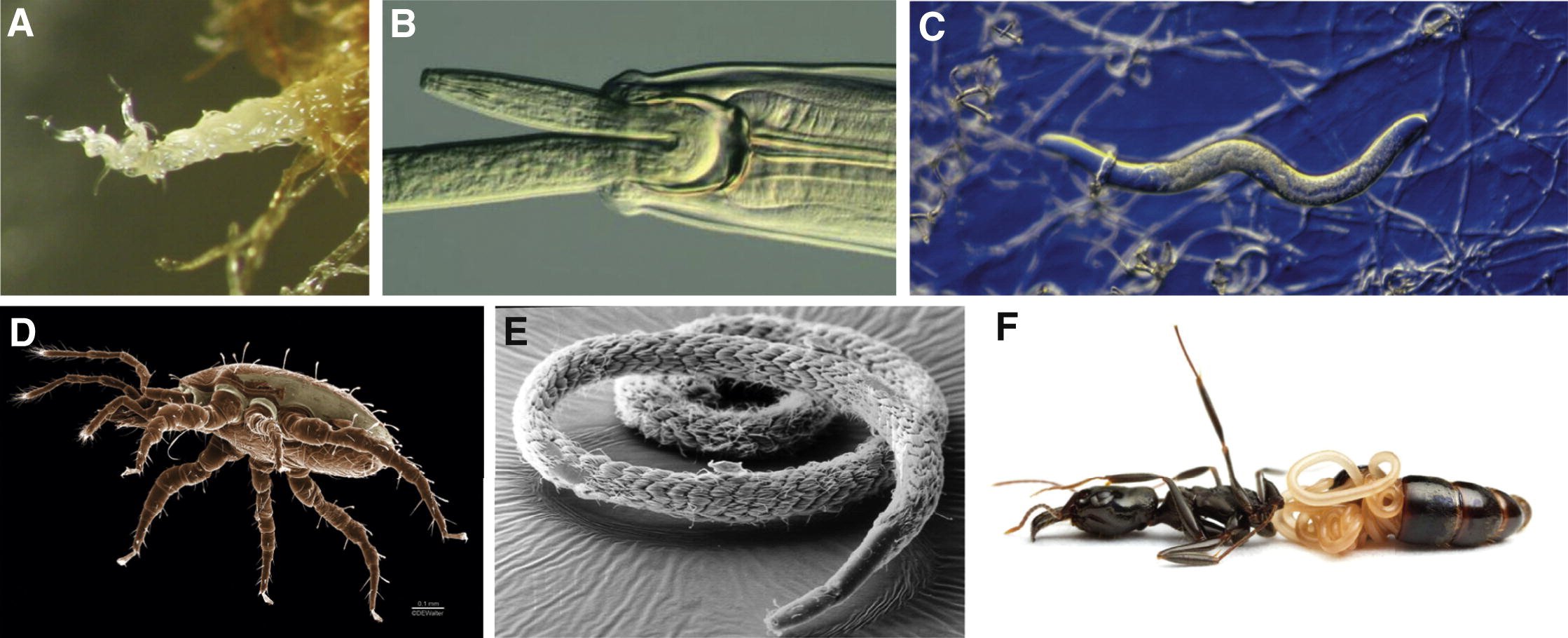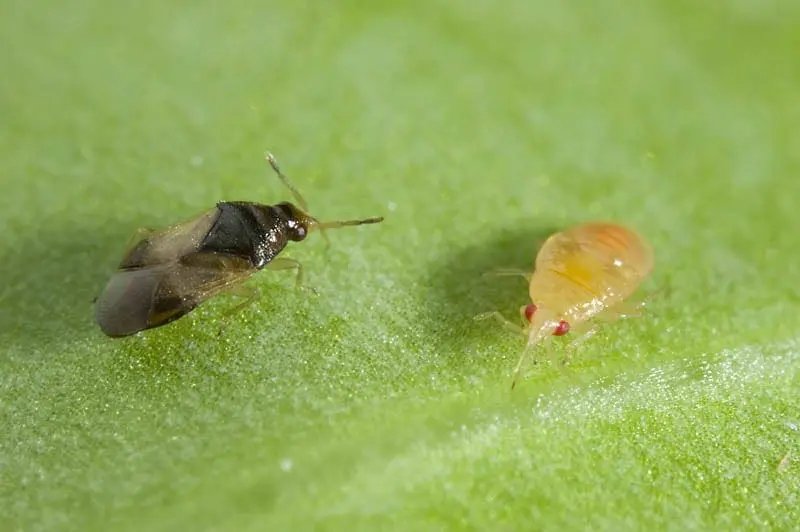Gardening is a rewarding endeavor, but the presence of insects can make or break the health of your plants. While some bugs wreak havoc on leaves, roots, and stems, others play a crucial role in maintaining balance by preying on harmful pests. Understanding which insects to welcome and which ones to control can lead to a healthier, more vibrant garden without relying on chemical pesticides. This guide will help you distinguish between beneficial insects and destructive pests and provide natural ways to attract helpful bugs while managing harmful ones.
## Beneficial Insects: Nature’s Pest Control

Some insects serve as natural predators, feeding on garden pests and reducing the need for synthetic insecticides. These “good bugs” help maintain ecological balance while promoting plant health.
### 1. **Ladybugs (Ladybird Beetles)**
Ladybugs are among the most well-known beneficial insects. These small, colorful beetles feed on aphids, whiteflies, and scale insects, making them valuable allies for any gardener.
– How to Attract: Plant dill, fennel, marigolds, and yarrow to provide nectar and shelter.
– Additional Benefits: Their larvae are also voracious predators of garden pests.
### 2. **Praying Mantises**
These fascinating predators feed on a wide range of insects, including caterpillars, beetles, and grasshoppers. Though they are generalist hunters, they can help reduce pest populations.
– How to Attract: Maintain tall grasses, shrubs, and wild areas to provide hiding spots.
– Caution: They may also eat beneficial insects, so their presence should be balanced.
### 3. **Predatory Nematodes**

These microscopic worms attack and kill soil-dwelling pests like grubs, flea larvae, and root maggots. They are harmless to plants and beneficial insects.
– How to Use: Introduce nematodes to moist soil for best results.
– Additional Benefits: They help improve soil structure and nutrient cycling.
### 4. **Spider Mite Predators**
These tiny insects, including predatory mites and lacewings, feed on destructive spider mites that damage plant leaves.
– How to Attract: Maintain humidity, provide mulch, and avoid using broad-spectrum pesticides.
– Additional Benefits: Lacewing larvae also consume aphids and other soft-bodied pests.
### 5. **Whitefly Parasites**
Parasitic wasps such as Encarsia formosa lay their eggs inside whitefly larvae, effectively controlling their population.
– How to Attract: Plant nectar-rich flowers like alyssum and sunflowers.
– Additional Benefits: These wasps do not harm humans and contribute to pest management.
### 6. **Pirate Bugs**

Minute pirate bugs prey on aphids, thrips, and small caterpillars, making them an excellent addition to your garden’s natural defense system.
– How to Attract: Grow plants from the aster family, such as daisies and sunflowers.
– Additional Benefits: They are active throughout the growing season.
## Harmful Insects: Pests That Damage Plants
While beneficial insects protect your garden, some pests cause damage by feeding on plant tissues, sucking out nutrients, or spreading diseases. Identifying and controlling these pests can prevent long-term plant health issues.
### 1. **Aphids**
Aphids suck sap from plant stems and leaves, causing curling, yellowing, and stunted growth. They also spread plant viruses.
– Natural Control: Release ladybugs or apply neem oil.
– Additional Tip: Use strong water sprays to dislodge them from plants.
### 2. **Spider Mites**
These tiny arachnids create webbing on leaves and cause discoloration and leaf drop.
– Natural Control: Introduce predatory mites or mist plants regularly.
– Additional Tip: Increase humidity to discourage their spread.
### 3. **Thrips**
Thrips feed on plant juices, causing silvery, speckled leaves and deformed flowers.
– Natural Control: Deploy thrip predators like lacewings and pirate bugs.
– Additional Tip: Use sticky traps to monitor and reduce their numbers.
### 4. **Fungus Gnats**
Fungus gnat larvae feed on plant roots, leading to weakened seedlings and root rot.
– Natural Control: Introduce predatory nematodes or allow the soil to dry out between watering.
– Additional Tip: Use sand or diatomaceous earth on the soil surface to deter egg-laying.
### 5. **Whiteflies**
Whiteflies suck plant sap and excrete sticky honeydew, leading to mold growth and weakened plants.
– Natural Control: Introduce parasitic wasps or use yellow sticky traps.
– Additional Tip: Remove heavily infested leaves and improve air circulation.
### 6. **Mealybugs**

Mealybugs are small, cotton-like pests that feed on plant sap, causing stunted growth and leaf drop.
– Natural Control: Spray affected plants with alcohol-water solutions or release ladybugs.
– Additional Tip: Remove pests manually with a cotton swab dipped in alcohol.
### 7. **Caterpillars**
Caterpillars, including cabbage loopers and tomato hornworms, chew on leaves and fruits, leading to significant crop loss.
– Natural Control: Handpick caterpillars and introduce praying mantises.
– Additional Tip: Use floating row covers to protect young plants.
### 8. **Leaf Miners**
These pests tunnel inside leaves, creating unsightly trails and weakening plant health.
– Natural Control: Remove affected leaves and introduce beneficial nematodes.
– Additional Tip: Apply neem oil to disrupt their life cycle.
## How to Encourage Beneficial Insects and Manage Pests Naturally
### 1. **Plant Flowers and Herbs**
Many beneficial insects rely on nectar and pollen for sustenance. Grow marigolds, lavender, fennel, and alyssum to attract predatory insects.
### 2. **Avoid Chemical Pesticides**
Broad-spectrum pesticides kill both good and bad bugs, disrupting the natural balance. Use organic or targeted pest control methods whenever possible.
### 3. **Provide Shelter for Beneficial Insects**
Leave wild areas with tall grasses or install insect hotels to encourage beneficial insects to stay in your garden.
### 4. **Introduce Predators**
If your garden lacks beneficial insects, consider purchasing and releasing ladybugs, nematodes, or parasitic wasps to combat pests naturally.
### 5. **Use Physical Barriers**
Floating row covers, netting, and sticky traps can help prevent pests from reaching vulnerable plants.
By fostering a garden environment that supports beneficial insects while controlling harmful pests, you can create a thriving, pest-resistant space without relying on synthetic chemicals. Understanding the role of different bugs in your garden will help you make informed decisions about plant protection and sustainability.
